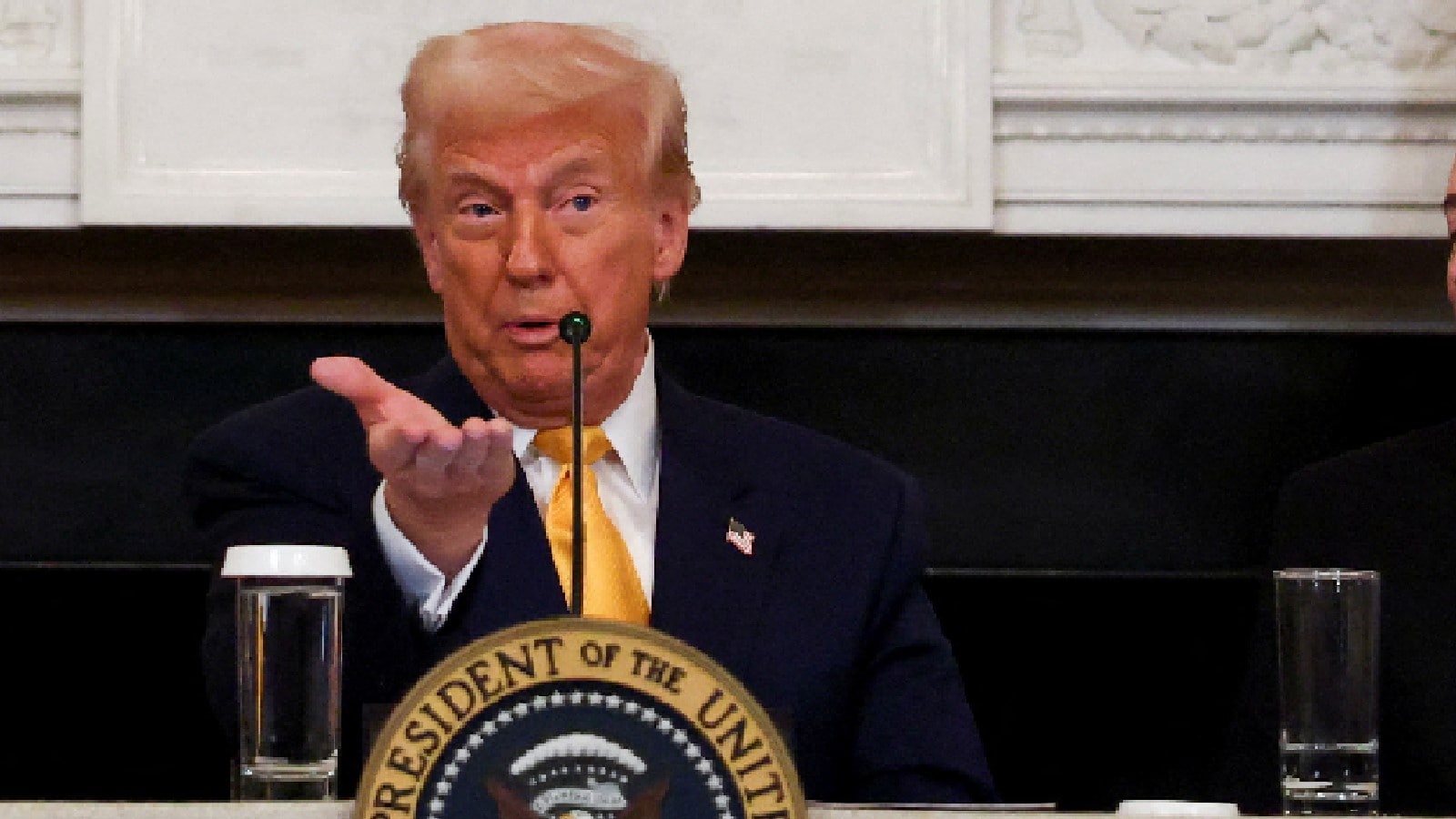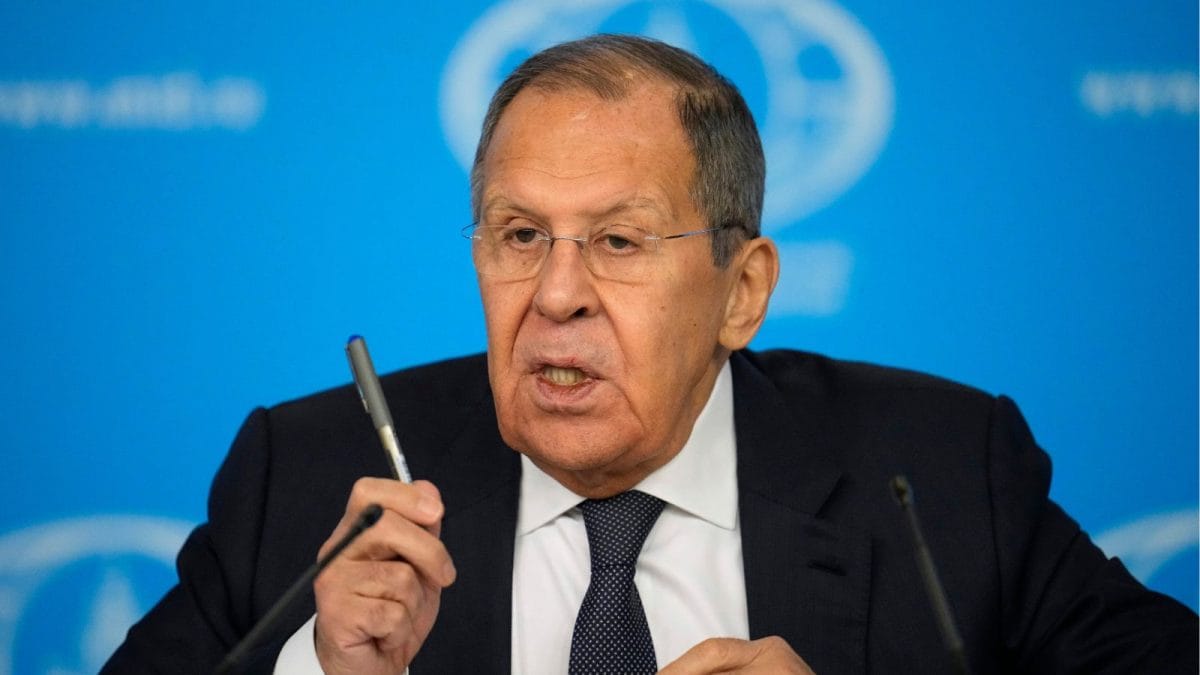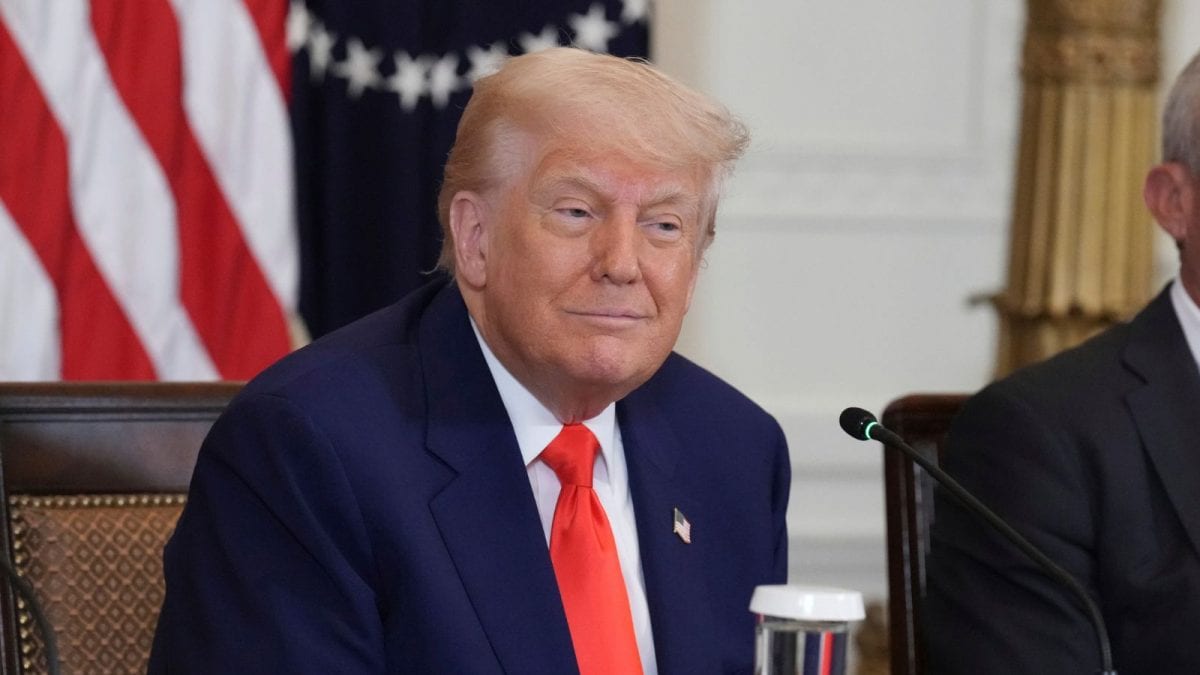DHS notifies 500+ sanctuary jurisdictions, warning of funding cuts and legal action for noncompliance with federal immigration laws under Trump's mass deportation agenda.

U.S. Immigration and Customs Enforcement officers detain a person
The Department of Homeland Security is putting more than 500 “sanctuary jurisdictions” across the country on notice that the Trump administration views them as obstructing immigration enforcement as it attempts to increase pressure on communities it believes are standing in the way of the president’s mass deportations agenda.
The department on Thursday published a list of the jurisdictions and said each one will receive formal notification that the government has deemed them noncompliant and if they’re believed to be in violation of any federal criminal statutes. The list was published on the department’s website.
“These sanctuary city politicians are endangering Americans and our law enforcement in order to protect violent criminal illegal aliens,” DHS Secretary Kristi Noem said in a press release.
The Trump administration has repeatedly targeted communities, states and jurisdictions that it says aren’t doing enough to help Immigration and Customs Enforcement as it seeks to make good on President Donald Trump’s campaign promises to remove millions of people in the country illegally.
The list was compiled using a number of factors, including whether the cities or localities identified themselves as sanctuary jurisdictions, how much they complied already with federal officials enforcing immigration laws, if they had restrictions on sharing information with immigration enforcement or had any legal protections for people in the country illegally, according to the department.
Trump signed an executive order on April 28 requiring the secretary of Homeland Security and the attorney general to publish a list of states and local jurisdictions that they considered to be obstructing federal immigration laws. The list is to be regularly updated.
Federal departments and agencies, working with the Office of Management and Budget, would then be tasked with identifying federal grants or contracts with those states or local jurisdictions that the federal government identified as “sanctuary jurisdictions” and suspending or terminating the money, according to the executive order.
If “sanctuary jurisdictions” are notified and the Trump administration determines that they “remain in defiance,” the attorney general and the secretary of Homeland Security are then empowered to pursue whatever “legal remedies and enforcement measures” they consider necessary to make them comply.
There’s no specific or legal definition of what constitutes a “sanctuary jurisdiction.” The term is often used to refer to law enforcement agencies, states or communities that don’t cooperate with immigration enforcement.
ICE enforces immigration laws nationwide, but often seeks state and local help in alerting federal authorities of immigrants wanted for deportation and holding that person until federal officers take custody.
One way that the administration seeks to enlist state and local support is through 287(g) agreements with local law enforcement agencies. Those agreements allow local law enforcement agencies to assume some immigration enforcement duties and greatly expand ICE’s capabilities. The number of those agreements has skyrocketed in just a matter of months under the Trump administration.
ICE has about 6,000 law enforcement officers — a number that has remained largely static for years — who are able to find, arrest and remove immigrants its targeting. By relying on local law enforcement, it can quickly scale up the number of staff available to help carry out Trump’s mass deportations agenda.
Communities that don’t cooperate with ICE often say they do so because immigrants then feel safer coming forward if they’re a witness to or victim of a crime. And they argue that immigration enforcement is a federal task, and they need to focus their limited dollars on fighting crime.
The Trump administration has already taken a number of steps targeting states and communities that don’t cooperate with ICE — and has met with pushback in the courts. One executive order issued by Trump directs the Attorney General and Homeland Security Secretary to withhold federal money from sanctuary jurisdictions. Another directs federal agencies to ensure that payments to state and local governments do not “abet so-called ‘sanctuary’ policies that seek to shield illegal aliens from deportation.”
Published By:
Rivanshi Rakhrai
Published On:
May 30, 2025
Tune In

 22 hours ago
22 hours ago

















